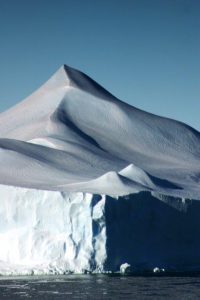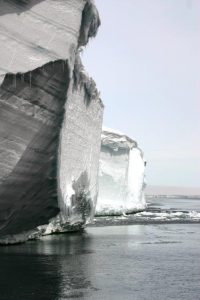Antarctica and the surrounding Southern Ocean are remote and endure a particularly harsh environment, being the coldest, windiest and driest place on Earth. The position the region is also globally unique because of an uninterrupted circumpolar circulation. The long-term accumulation of ice on Antarctica provides a record that retains a signal of past global changes and through them, clues to future dynamics.



 Within a reconstructed Gondwana Supercontinent, southern Africa shares a common geological history and boundary with Dronning Maud Land in Antarctica. Consequently, an understanding of the geological evolution of that sector of Antarctica provides insights into the evolution of southern Africa and vice versa. Such insights will contribute, inter alia, to the understanding of the genesis and distribution of mineral resources in southern Africa and Antarctica.
Within a reconstructed Gondwana Supercontinent, southern Africa shares a common geological history and boundary with Dronning Maud Land in Antarctica. Consequently, an understanding of the geological evolution of that sector of Antarctica provides insights into the evolution of southern Africa and vice versa. Such insights will contribute, inter alia, to the understanding of the genesis and distribution of mineral resources in southern Africa and Antarctica.


 The study of climate evolution is typically concerned with the analysis of glacial moraine systems, the distribution of clearly identifiable glacial erratics located above current ice levels, as well as glacial striation on bed rock at elevations above current ice levels.
The study of climate evolution is typically concerned with the analysis of glacial moraine systems, the distribution of clearly identifiable glacial erratics located above current ice levels, as well as glacial striation on bed rock at elevations above current ice levels.
Text : Antarctic and Southern Ocean Research Strategy
Photo Credits: Kenneth Findlay, Adriaan Dreyer. (More images available on ALSA archive)




